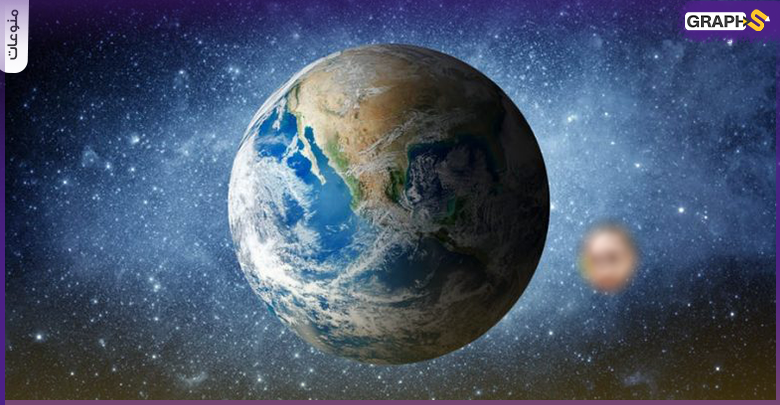In the video, what will the Earth look like after 300 million years? The
! ocean will dry up

? In the video, what will the Earth look like after 300 million years
A new simulation model predicts that the Pacific Ocean will disappear 300 million years from now, bringing the continents together to form a new supercontinent called “Amasia” located around the North Pole.
The simulation was carried out by a team of researchers led by Australia's Curtin University, which highlights the fact that the Pacific Ocean is older and has started shrinking again since the dinosaurs roamed the Earth - it is currently losing a few centimeters a year.
The model shows the continent of Asia moving east towards the two continents of the Americas, which are pulled to the west until the three continents meet together, Antarctica eventually finds its way to South America, Africa connects with Asia on one side and Europe on the other hand to complete Amasya.
? In the video, what will the Earth look like after 300 million years
Evidence shows that every 600 million years a new supercontinent is formed, the last of which was Pangea, which was formed 300 million years ago.

It is believed that the first supercontinent, Valpara, was formed 3.3 billion years ago and was followed by Ur 300 million years later.
However, Ur is widely accepted as the first supercontinent due to stronger evidence showing its existence – little is known about Valpara.
Next came the continent of Kenorland 2.7 billion years ago, then came the continent of Columbia, which was formed by massive collisions 1.8 billion years ago.
Colombia began to disintegrate over the course of a few hundred million years, reunited about a billion years ago to form Rodinia and dominated the world for the next 350 million years.
Pannotia came next, forming about 600 million years ago, and lasting for 550 million years before splitting into Laurentia, Siberia, and the Baltic.
Then the famous Pangea appeared 300 million years ago.
This large mass began to disintegrate about 200 million years ago, during the early Jurassic, to eventually form the modern continents, the Atlantic Ocean, and the Indian Ocean.
The next supercontinent will be Amasya.
Lead author Dr Chuan Huang said in a statement: “The resulting new supercontinent has already been named Amasia because some believe that the Pacific Ocean will become confined (as opposed to the Atlantic and Indian Oceans) when America collides with Asia.
Australia is also expected to play a role in this important Earth event, first colliding with Asia and then connecting America and Asia once the Pacific ends.
The Pacific Ocean formed about 700 million years ago when the Rodina began to disintegrate, making it the oldest ocean on Earth.
However, it is shrinking by 0.19 square miles annually due to the movement of tectonic plates under the sea floor.
Co-author John Curtin Distinguished Professor Cheng Xiang Li, also of the Curtin School of Earth and Planetary Sciences, said that having a single continental mass dominating the whole world would dramatically alter Earth's ecosystem.
“The Earth as we know it will be very different when Amasia forms. The sea level is expected to drop, and the vast interior of the giant continent will be extremely arid with rising daily temperatures.
The Earth is currently made up of seven continents with widely different human ecosystems and cultures, so it would be great to think about what the world might look like in 200 to 300 million years.

Source: websites

